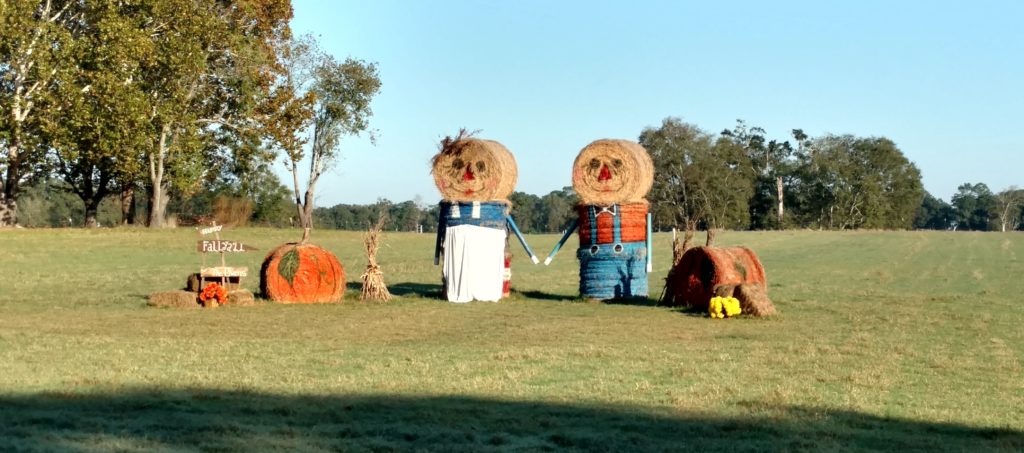Quick PSA about the Meet Tony Event this weekend: Exercise for Equestrians. You’ve got limited free time; learn how to make the time you do have to exercise count for all that it can! Come dressed to workout and Kevan will help you work on technique. No, he will not be making anyone perform 50 Burpees or anything of that sort. I will, likely, be lying in the aisle watching the goings on since I do NOT exercise.
Anywho, on to my life, which is really what’s important here. Colic. As far as I can tell, it’s what horses do when they are bored and seeking proof that their human is well trained to do their bidding. My Docs, however, tell me it is largely due to the rather ridiculous system horses evolved to digest their food, combined with the rather ridiculous system humans have developed to house and feed said horses. Also, cold weather.
We all know that horses have a crazy GI tract, and we can’t fix that. What we can fix is what you humans do to that GI tract. Start with feeding good stuff. Need help figuring that part out? Contact Beth at the Clinic. She’s an expert. She even has a certificate that says so from a leading feed manufacturer! Between that certificate and over a decade in the feed industry, Beth has answers to your feed questions. Beth tells me forage should form the foundation of the diet. She tells me horses must eat more than the mouthful or so of grass that I eat and then puke up in some inappropriate place. They need to eat 1.5-2% of their body weight in hay every day! From there, supplement the gaps with as little concentrate as possible. Again, Beth is our go to when it comes to nutrition. Got questions? She’s got answers!
Moving on to the most common reason the Docs get called out this time of year: round bales of coastal hay. The weather gets cool, the grass stops growing, and you humans remember that 1.5-2% body weight forage thing and put out a round bale. Horses, being less intelligent than cats, get so excited about the hay, they gorge themselves to oblivion and get an ileal impaction. How do you make sure this doesn’t happen? Start with square bales. Throw out 1 flake twice daily, then 2 flakes twice daily, and keep increasing the quantity until your horse is leaving some of the hay. THEN you can put out the round bale. Also add some peanut or alfalfa hay. I realize most of our horses suffer from too many calories so alfalfa/peanut seems like a bad addition, but luckily adding 3-5 pounds of these hays per day can keep the GI tract moving in the right direction. Other strategies than can help reduce the risk of coastal hay impactions are the addition of very wet, soaked beet pulp or alfalfa cubes (the minis work best) to the diet, and adding salt on very cold nights.
Trust me, my Docs don’t want to see you for a colic any more than you want to see them. Let’s all do our part to keep those horses pooping as they were meant to be pooping!
-Tony

